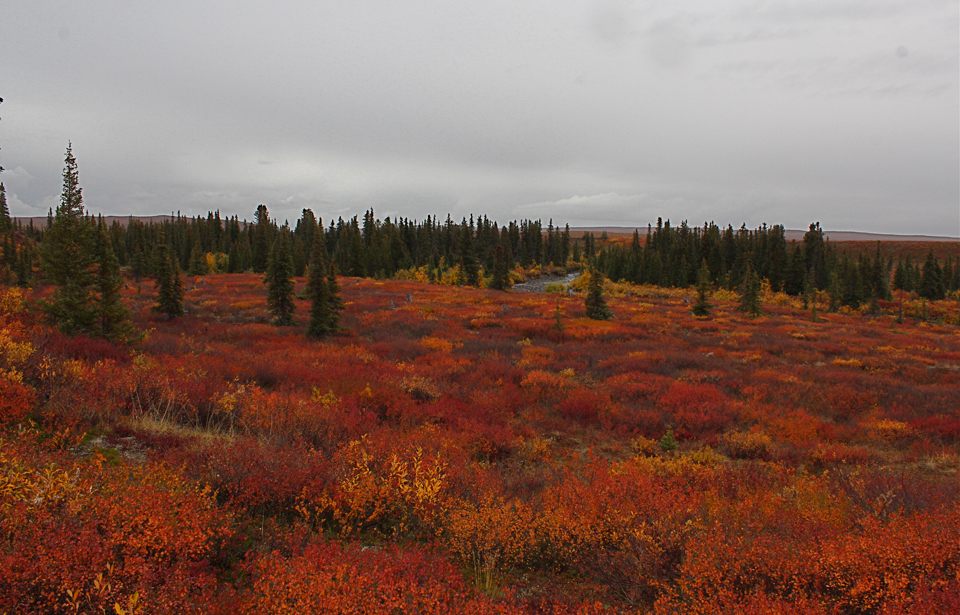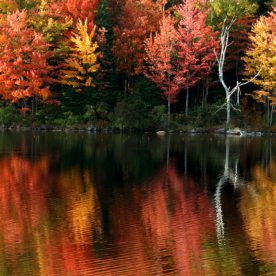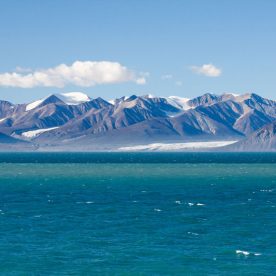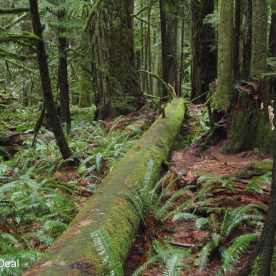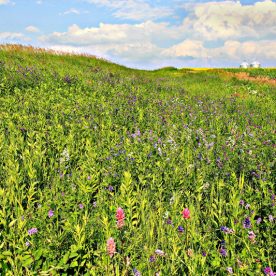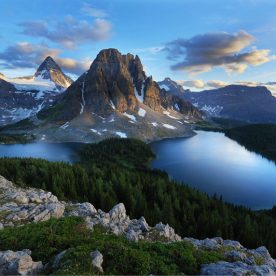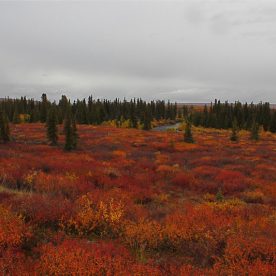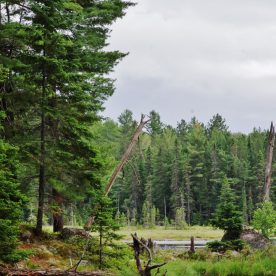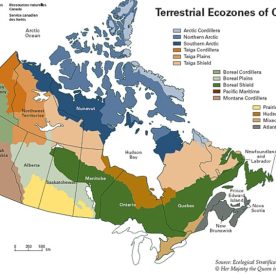Ecozones
Ecozone. Ecosystem. Ecosphere. What’s the difference between all these “ecowords”? It’s all relative, starting with an ecosystem, which is a natural community that can exist anywhere on earth. Combining the word eco, which means habitat, and system, which refers to the interdependent way natural elements fit together, an ecosystem can be as big as the planet or as small as the palm of your hand. An ecozone is a relatively large ecosystem. And the ecosphere is the largest of them all.
Most Canadians—about 77%—live in cities. Buildings, roads, utility lines, vehicles, and other people surround us. Apart from some parks and other urban green spaces, the “environment” is something that for the most part exists elsewhere, at some distance from the urban core. Seen from space, however, Canada shows no roads, no political boundaries, no languages, no politics, and no people. The country’s appearance is strikingly different from this distant perspective. It is surrounded by three massive oceans, contains a large share of the world’s fresh water, and has 25% of the world’s major wetlands. Vast stretches of land are occupied by the arctic barrens, the great plains, the forests, and the western mountains. Ocean currents swirl around the margins of the continent and weather patterns move over the land and ocean masses. Virtually hidden from this distant view are tens of thousands of species of plants and animals as well as more than 30 million human beings.



